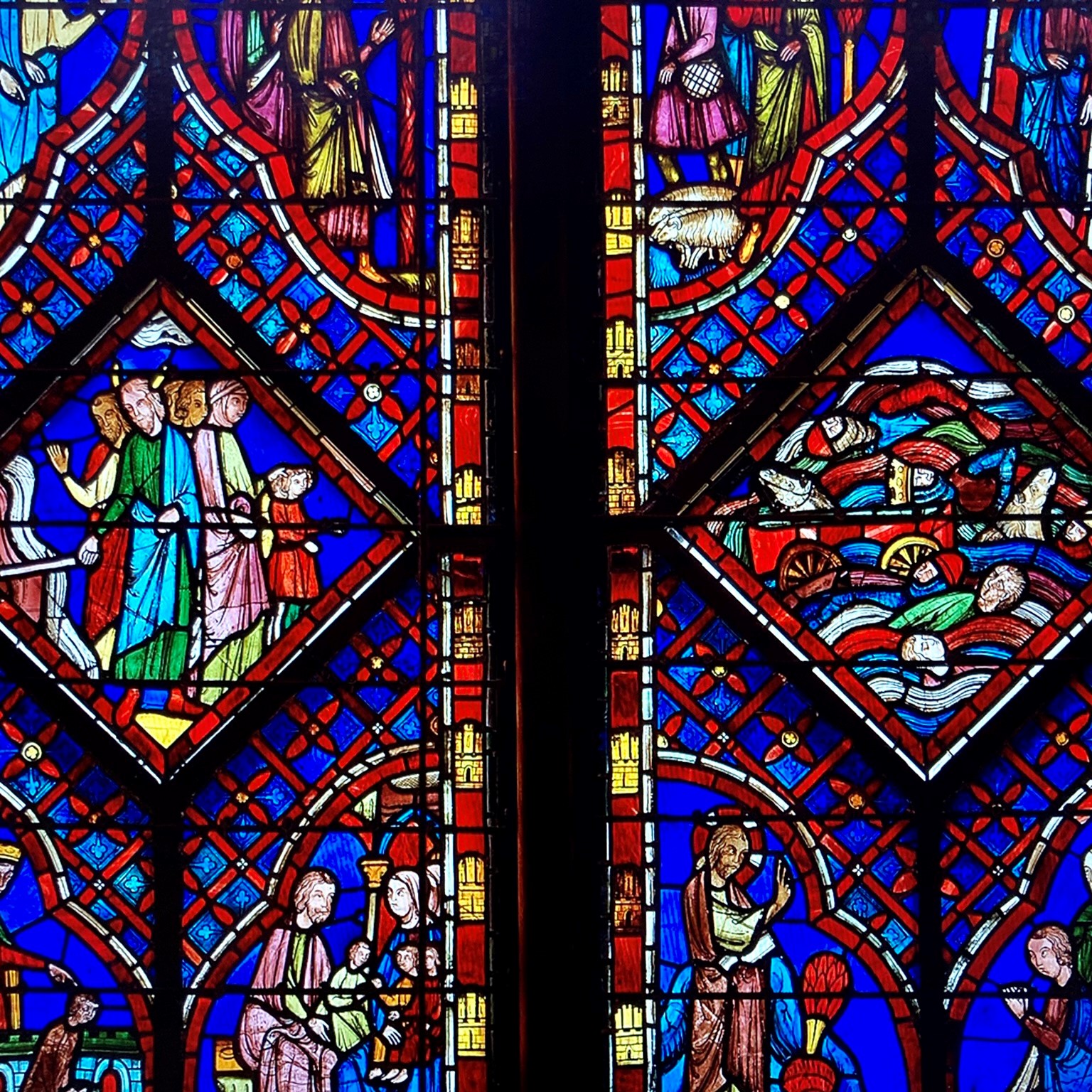The Sainte-Chapelle: a safe and a revolution

📍 🇫🇷 The Sainte-Chapelle: a safe and a revolution
“One of the great neurotics of history, wrote French historian Maurice Druon when analyzing the behavior of French King Louis IX (1214-1270)... had he not inclined to saintliness, he might have been a monster”.
After having acquired (at tremendous cost) the “Crown of Thorns” allegedly worn by Jesus Christ during the Crucifixion, Louis IX immediately decided to raise the Sainte-Chapelle to store the holy relic. Medieval archives reveal that he arrived barefoot in Paris before introducing the prize at Notre Dame de Paris on August 18th 1239 CE - wearing a simple white linen cloth (Hillairet). He alone had the Chapel key to show the sacred object to selected French nobles. A tool of prestige obviously - of divine legitimacy for France’s royalty.
But the Sainte-Chapelle is not just a safe. It is both an architectural and artistic turning point. How so?
First, let’s consider the revolutionary stone structure as described by French historian Henri Focillon: “a system that seems to defy the laws of gravity - with external buttresses and archivolts [spikes at the tip of windows rather than a weaker roundness] that receive the load above and allow the walls to be pierced and light to enter...". Religious buildings were mostly dark beforehand, for fear of collapse if too many stones were replaced by fragile windows.
Second, on the artistic front this time: all around the chapel, 1113 Old Testament stories told by fifteen meter high windows. All chronological, from left to right. Unparalleled. The Crown allegedly worn by Jesus in his final moments is not there anymore, but the building itself deserves hours of contemplation.
____ Sources ____
>> Henri Focillon, "The Art of the West in the Middle Ages", 1938
>> Hillairet, "Évocation du Vieux Paris”, 1952
>> Maurice Druon, “The Accursed Kings”, vol. 2, 1956
